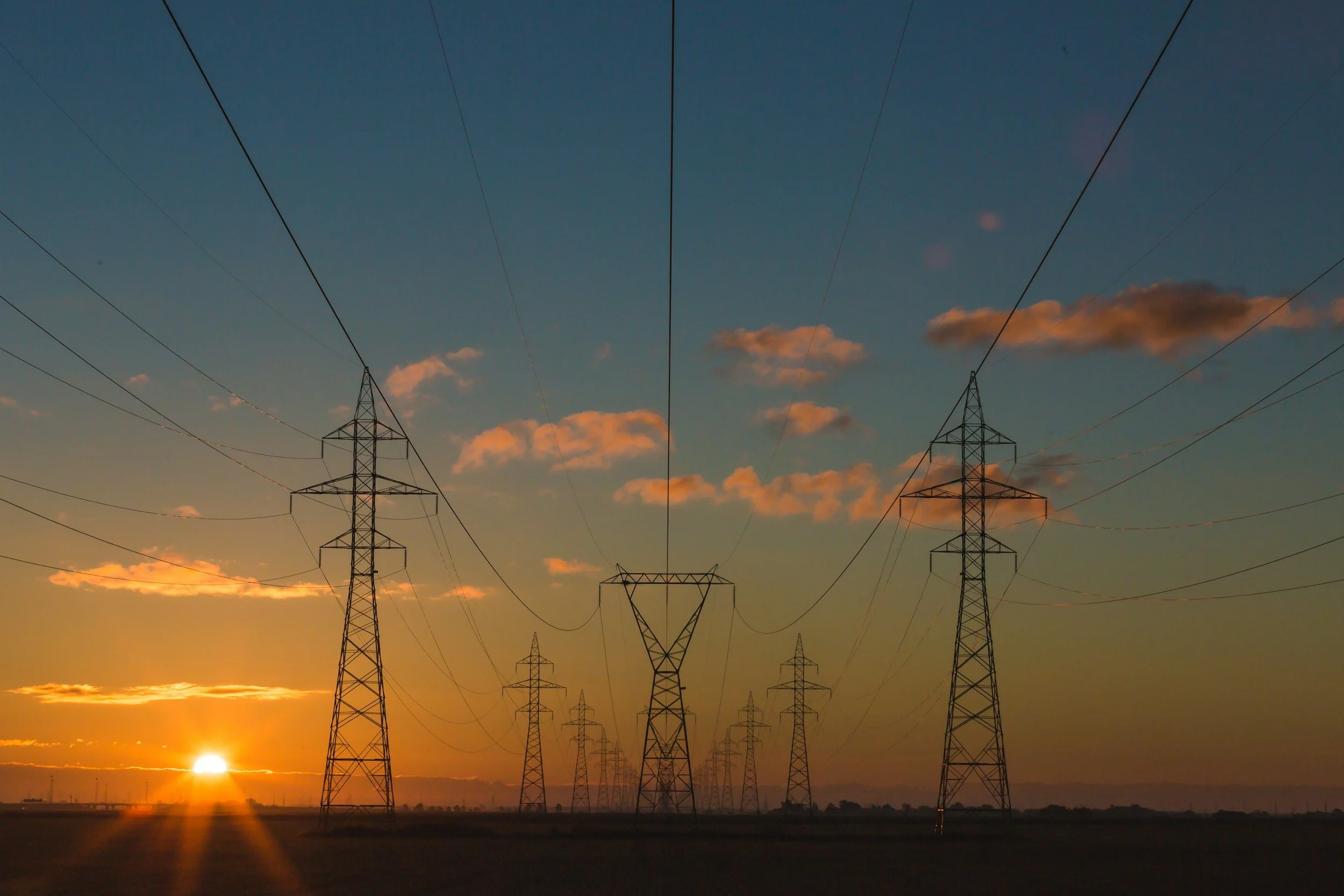
History
History & Synergies
The History of the Lucas Heights Reactor.
SMR hybrid model and nuclear medicine?
Is there a linkage between SMRs, power generation and advancements in nuclear medicine?
Absolutely there is. Go behind the scenes at ANTSO’s nuclear OPAL which develops solutions and delivers nuclear outcomes to medical centres around Australia.
It’s a mistake to assimilate SMRs with atomic weapons.
The more we develop SMRs for clean energy, the more we learn. The more we learn the more lives we save.
What is the history of nuclear energy in Australia?
It was under Robert Menzies that Australia entered the nuclear age with the opening of the Lucas Heights Reactor in 1958. 67 years on, what looked to be the first step in a much bigger story remains practically the only step Australia has taken towards harnessing the potency of the atom to power our nation. As nuclear energy once again appears on the political radar, it is worth taking a look back and seeing what potential Australians once saw in nuclear and what could have been.
Afternoon Light podcast, Robert Menzies Institute CEO Georgina Downer talks to Dr Michael de Percy about how Menzies represents Australia’s unrealised nuclear potential.
History proves: SMRs compliment renewables
Renewables have taught us that we need them. The future relies though on a hybrid scenario where we phase out coal and combine SMRs with renewables. That is not up for negotiation. But there are a couple of concerns with renewables that SMRs address.
The first mainstream wind turbine was erected in Australia in 1987.
The first solar panel platform was connected to the grid in 1993.
We’ve provided billions of dollars in subsidies to the renewable sector and yet, the main issue every one has is this: electricity prices have not decreased. In fact, they have exponentially increased to almost unsustainable levels.
Secondly, renewables are inconsistent. They tend to deliver power inconsistently. We see this with constant black-outs during peak season. This inconsistency costs SMEs hundreds of millions of dollars every time.
Battery technology is lagging behind but even so, genuine concerns with lithium-ion batteries are ever present. Moreover, you need a lot of expensive batteries to capture enough energy only to then send it to the grid at the right time.
SMRs solve all of these issues and more.


